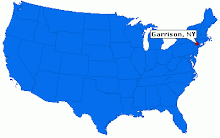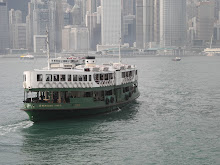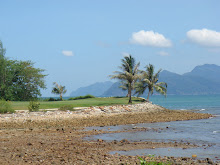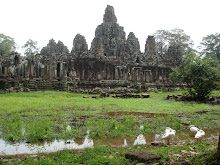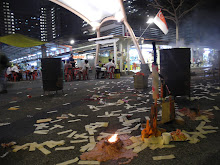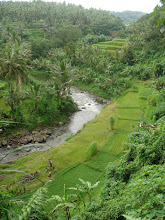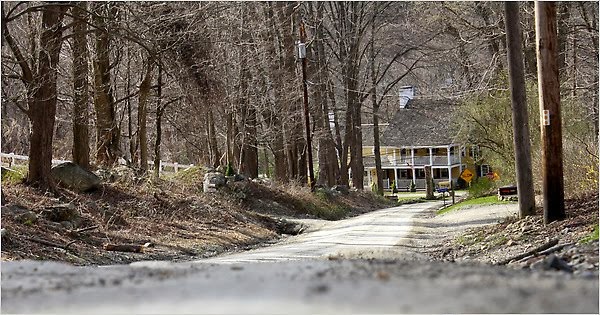 Big cities of the world have big taxicab fleets. Some of the big cities also have signature taxis. London has the Black Cab (other colors exist), New York City has the yellow cab (a tribute to Checker Cab) and Mumbai has the black and yellow Fiat. The universal call for a cab is the outstretched-arm-wave, just as the lighted sign on a cab’s roof is the signal of availability. Singapore, too, has its fleet of taxis. The city-state does not have a signature style auto, but it does have a signature style for summoning. In Singapore you don’t hail a cab – you text it.
Big cities of the world have big taxicab fleets. Some of the big cities also have signature taxis. London has the Black Cab (other colors exist), New York City has the yellow cab (a tribute to Checker Cab) and Mumbai has the black and yellow Fiat. The universal call for a cab is the outstretched-arm-wave, just as the lighted sign on a cab’s roof is the signal of availability. Singapore, too, has its fleet of taxis. The city-state does not have a signature style auto, but it does have a signature style for summoning. In Singapore you don’t hail a cab – you text it.The city moves people. 4 million live on the island nation, so public transportation is a popular way to go. It has two major bus carriers with single deck and double deck vehicles. The service spans the entire island. The subway system, built in 1982, is not as extensive as the bus routes. It runs 99% on time and is squeaky clean. Being the fine city that it is, subway riders receive a S$500 ticket for eating and drinking on the platforms and in the cars - even for carrying durians! Both the bus system and the subway system operate on the pay-the-distance-traveled approach: the longer the ride the higher the cost, just like taxicabs. It is debatable whether taxis are considered mass transportation, but with 24,000+ steering the streets it’s fairly massive.
Over half a dozen taxicab companies compete for fares. Most models are Toyota Crowns or Hyundai Sonatas and the colors are specific for each major corporation. Comfort’s cars are blue, Citycab yellow, Transcab red, and SMRT white. Although it is not against the law to flag down a cab, the rules of the road make it difficult. In addition to no-pick-up zones in the busiest parts of the city, sidewalk barriers keep the drivers from pulling over and picking up passengers. To keep the trade moving on the street, people wait for a driver at a designated taxi stand, or taxi queue. Like waiting for a walking sign to cross the street (S$500 fine for jaywalking), people wait for cabbies to collect them in authorized locations.

Rather than stand in the scorching Singapore heat, people text for taxis. It’s cool. Simply text a booking number by writing “pick up” and the zip code/ location, then write “waiting in lobby” or the exact spot. In seconds the reply says the length of the wait and the last four numbers on the license plate. The other day I was at the end of a long taxi line. Because it is standard practice to text, no one got out of order when I jumped the queue as my ride pulled up! It is also easy to dial. Before I step out for the evening, I call for a cab. The automated booking agent remembers my location, so all I have to do is confirm and hang up. I leave my apartment without worry or wilt as I get to where it is I have to go. Of course there is an added surcharge for texting and calling. Fares and fees have peak and off peak pricing. Basic cost for a ride is about S$3 and S$0.20 roughly every quarter mile. The standard pre-booking fee is a little over S$2.
Singapore’s entire transit and traffic scheme would make NYC’s mayor, Michael Bloomberg, green with envy. In addition to pedestrian loading and unloading zones, the city charges vehicles to pass through high-traffic areas during certain hours. Computer chips on car dashboards get zapped as they pass under toll bridges that look like scaffolding. As Mayor Bloomberg hacks his way through congestion pricing legislation maybe he should look to the metropolitan transportation authority: Singapore.






